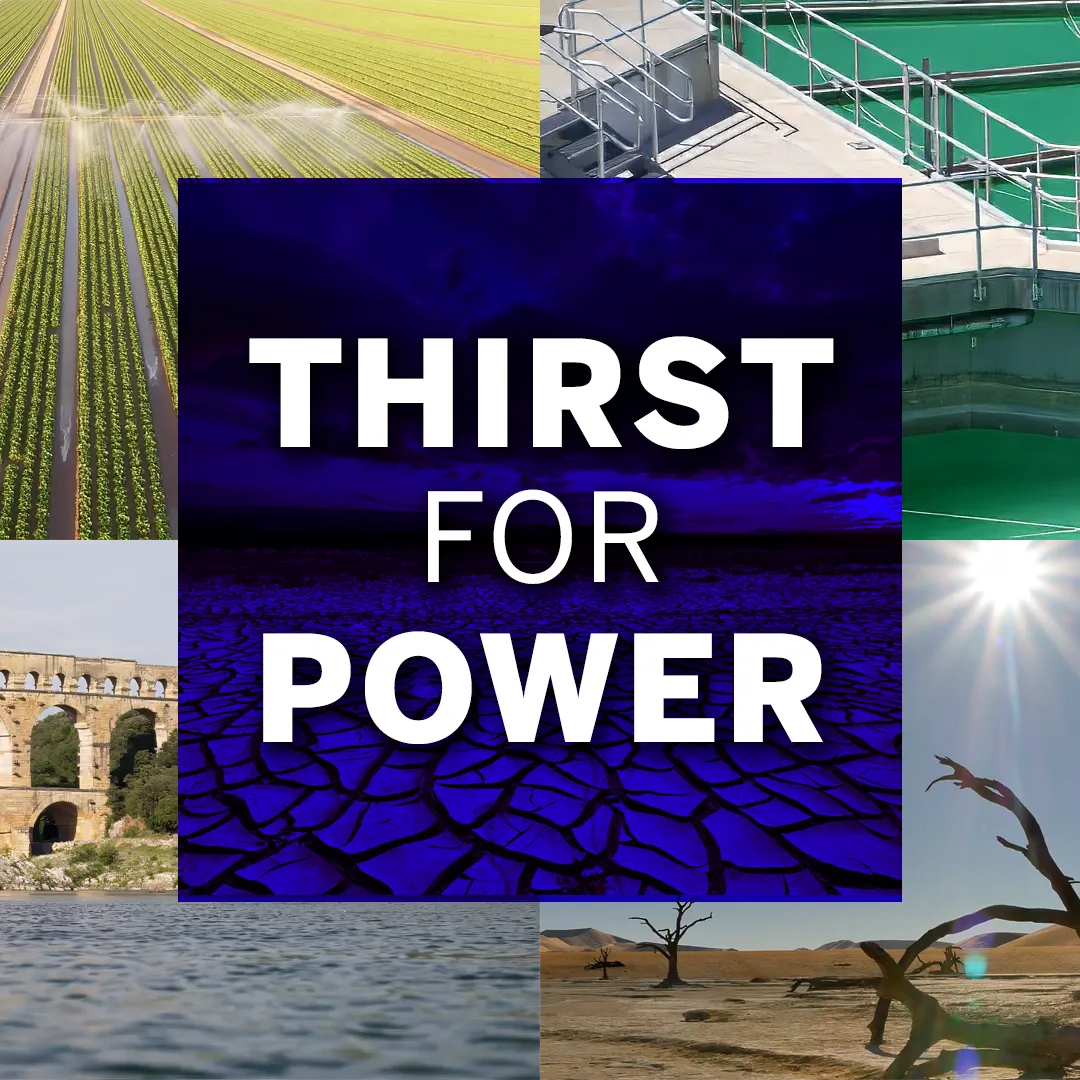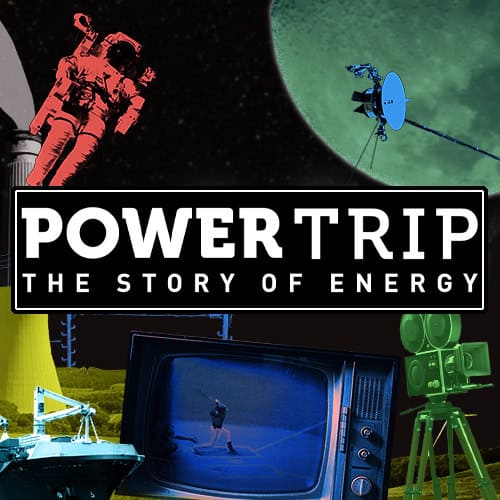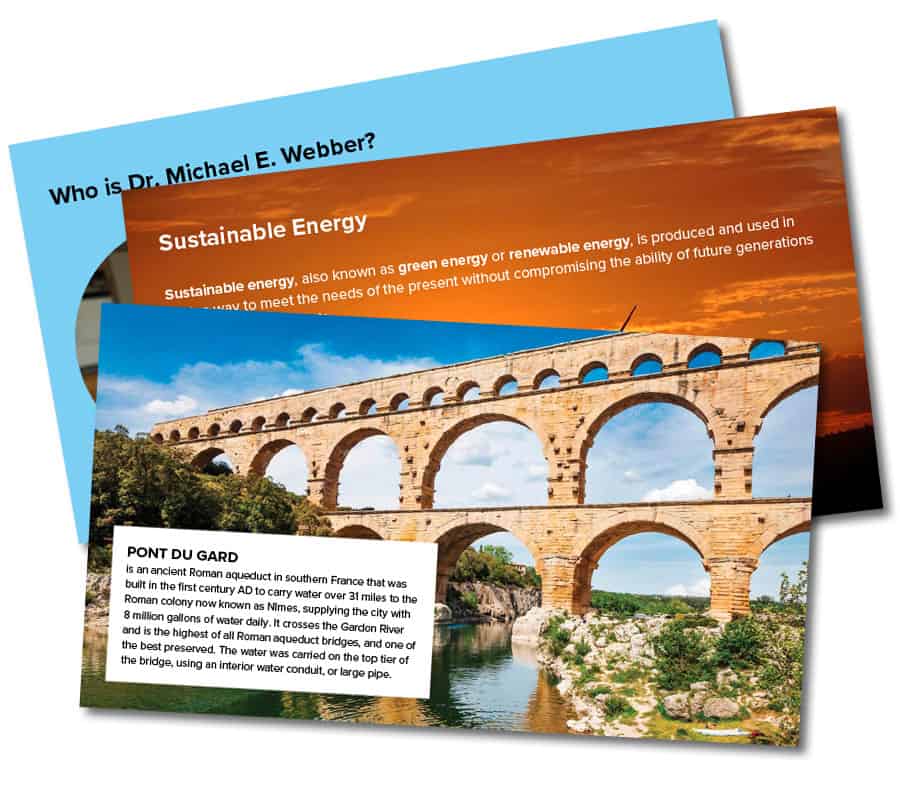The following educational resources are designed to help students explore the critical connection between energy and water, and to understand how conservation and sustainability play a role in their daily lives. Based on themes explored in Thirst for Power, the materials include standards-aligned lessons, classroom activities, and discussion guides that support science and environmental literacy. These resources encourage students to think critically about energy use and water conservation while inspiring real-world action. Additional videos and lessons available through PBS LearningMedia provide flexible options for K–12 teachers to integrate sustainability topics into their classrooms and prepare students to become thoughtful stewards of our natural resources.

Thirst for Power on PBS LearningMedia offers a curated set of materials designed for educators and learners to explore the complex linkage between water and energy. These materials, ranging from engaging videos to standards-aligned classroom lessons, offer a variety of entry points for learners to grasp the energy–water nexus in historical and contemporary contexts.
What does it mean to be resourceful? Water and energy depend completely upon each other, coming together in the energy-water nexus. We need water to produce electricity, and energy is required to extract, treat and deliver water. Being resourceful means being aware of how you use resources, then choosing to use them responsibly. It means understanding how energy and water combined make life possible, and how our actions affect the future. Resourcefulness: An Introduction to the Energy-Water Nexus, is an academic curriculum authored by Dr. Michael E. Webber that encourages students to become more aware of their energy use, learn where resources come from, and take action to conserve energy at school and at home. It’s all about building habits that support environmental stewardship and smart resource management.


The story of how societies rise and fall can be told by tracing the story of energy. Energy is the secret underlying force that drives the systems of our modern world, but is often invisible to us, hidden right in front of our eyes. Power Trip: The Story of Energy explores humanity’s most important resource by revealing the energy embedded in our water, food, wealth, cities, transportation and war.
Power Trip explores how energy has transformed societies of the past and offers wisdom for today’s looming energy crisis. As in the past, each new energy innovation comes with trade-offs. Energy advances always come with costs, some of which won’t be seen until centuries later. Energy initiatives need to be tailored to individual societies. We must look for long-term solutions. Our current energy crisis is real, but it is solvable. We have the power.
Watt Watchers of Texas is a state-sponsored STEM program to help boost energy literacy for K-12 students and help schools save money by saving energy. Through the program, students, teachers, and families will have access to energy saving tips, activities, and lessons.
Join Lil’ Tex and Ann, the Watt Watchers, as they track down the Wasters Gang. Along the way, you'll learn about saving energy, water, and all of the resources that make Texas a great place. Any time you see a light left on in an empty room, water running down the sidewalk, or recyclable plastic and metal in the trash, you’ll know the Wasters Gang is near by.


The middle-school study guide by Paramount education is a great resource for teachers and students who want to know more about how water and power affect every part of our lives.